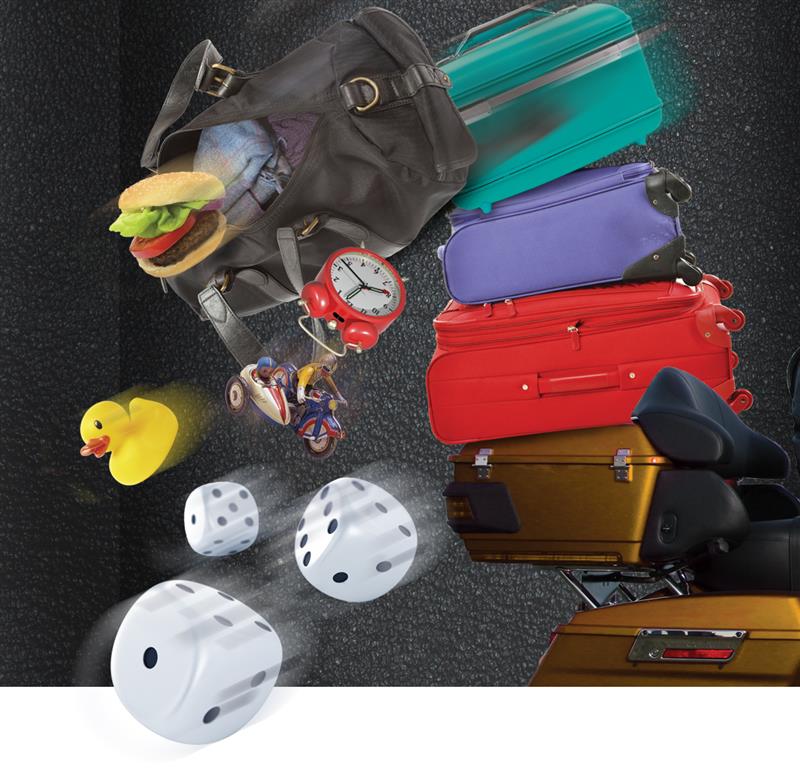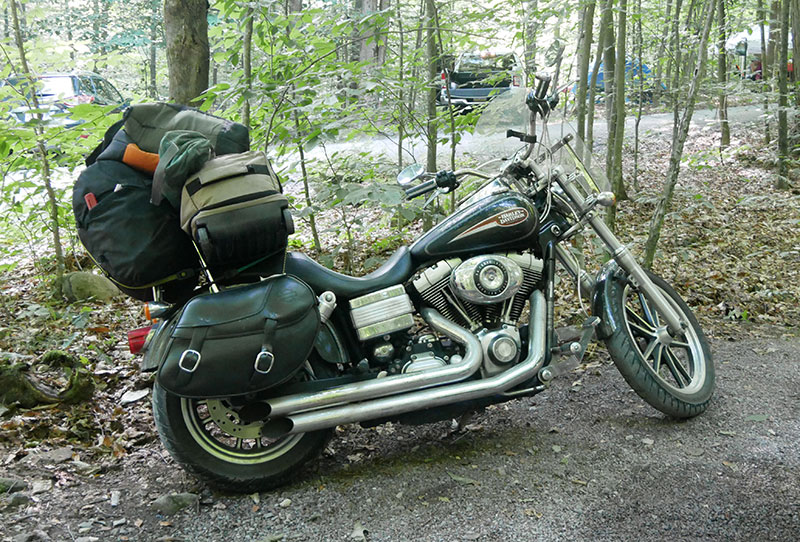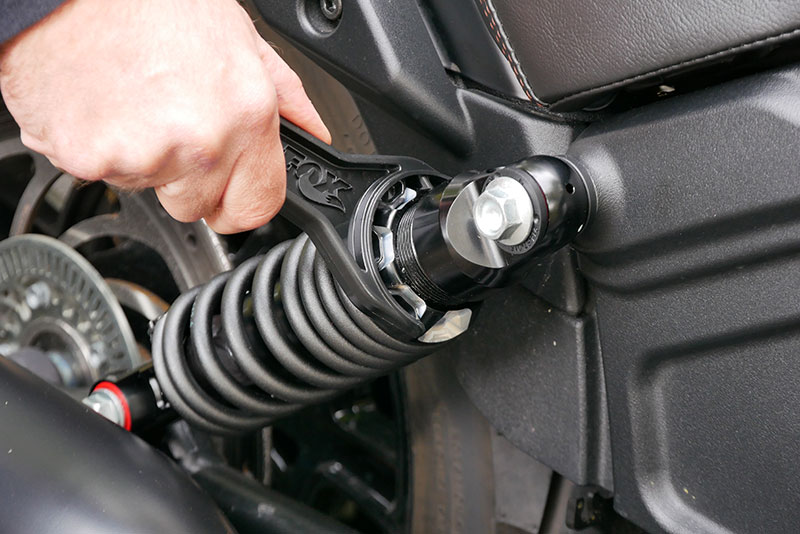I was introduced to the issue of rider weights and motorcycles by a case I handled several years ago. I learned a lot about tire load limits litigating that case. But mostly what I learned is how hard it is for motorcycle owners to figure out if they’ve “overloaded” their bikes. I say “overloaded” with quotes because what that word means is less than clear. It can mean loaded heavier than limits posted in an owner’s manual, but the effect of overloading is not clarified in the manual. Manufacturers arent a lot of help.
Women Riders Now E-Newsletter
Stay up-to-date on all things motorcycle! Latest gear, bikes, and product reviews. Travel ideas, great product giveaways, and more.

My motorcycle, like many big bikes, has an available load limit of around 450 pounds (legalese CYA here—check your owner’s manual!). Since I weigh in right around 200 pounds, fully outfitted, I’ve got a lot of wiggle room. On a recent ride, I added camping gear to my bike neatly stuffed in a medium-sized duffel bag and strapped to my passenger seat, and I filled my saddlebags and tour pack. I still had plenty of leeway on the bike’s maximum weight. So weight isn’t usually a problem for the single rider, even loaded up for a weekend ride. But where it gets to be a problem is when two people are riding long distances on a cruiser.
Overloaded from the Git-Go

Let’s take the example of a man and wife taking a long weekend trip that includes a rally. Let’s say he weighs 270 and she weighs 160 pounds when fully togged out in riding gear. That’s 430 pounds already. Then they add water, snacks, camera, first aid kit, tools, clothing, and toiletries. That’s maybe another 15 pounds. Then they add extra shoes, cell phones, and beach towels. They’re up to 450 easy. Toss in rally goodie bags and the antique knife he bought and…you see where I’m headed. To be safe, weigh yourselves in full gear, then weigh your duffle bags and other items before you place them on your bike.
Adjusting Your Bike for Heavy Loads

Aside from overloading the tires, carrying a large load on a motorcycle changes the way it feels and behaves. The added weight will shift the center of gravity on a bike toward the rear, where most of the load will be. Some bikes will require that you adjust the suspension settings to compensate for more weight over the rear tire. A lower rear may also require you to adjust your headlights. Always refer to your owner’s manual for load adjustments.
Packing the Right Way
When packing up your bike, put heavier, more solid items on the bottom and sides closer to the bike (to centralize weight). Lighter items can go on top. If you don’t have saddlebags or a tour pack consider using a small duffel bag to pack and secure smaller loose items. If you must travel with items secured by a bungee net, ensure that they are snug and will not get loosened by winds or g-forces. Again, placing heavier, wider, and more stable items at the bottom will provide an anchor for looser, floppier pieces (like sleeping pads or pillows).
Overall, it’s easy to pack a safe way. The hardest part may be getting your passenger to step on the scale.
About the Author
Billy Edwards is a principal with The Edwards Law Firm.
Related Articles
Motorcycle Insurance Info

Loading the rear is the worse place to carry weight as it lowers the resonant frequency for weave and lightens up the front for wobble by weight shifting behind the center of mass.